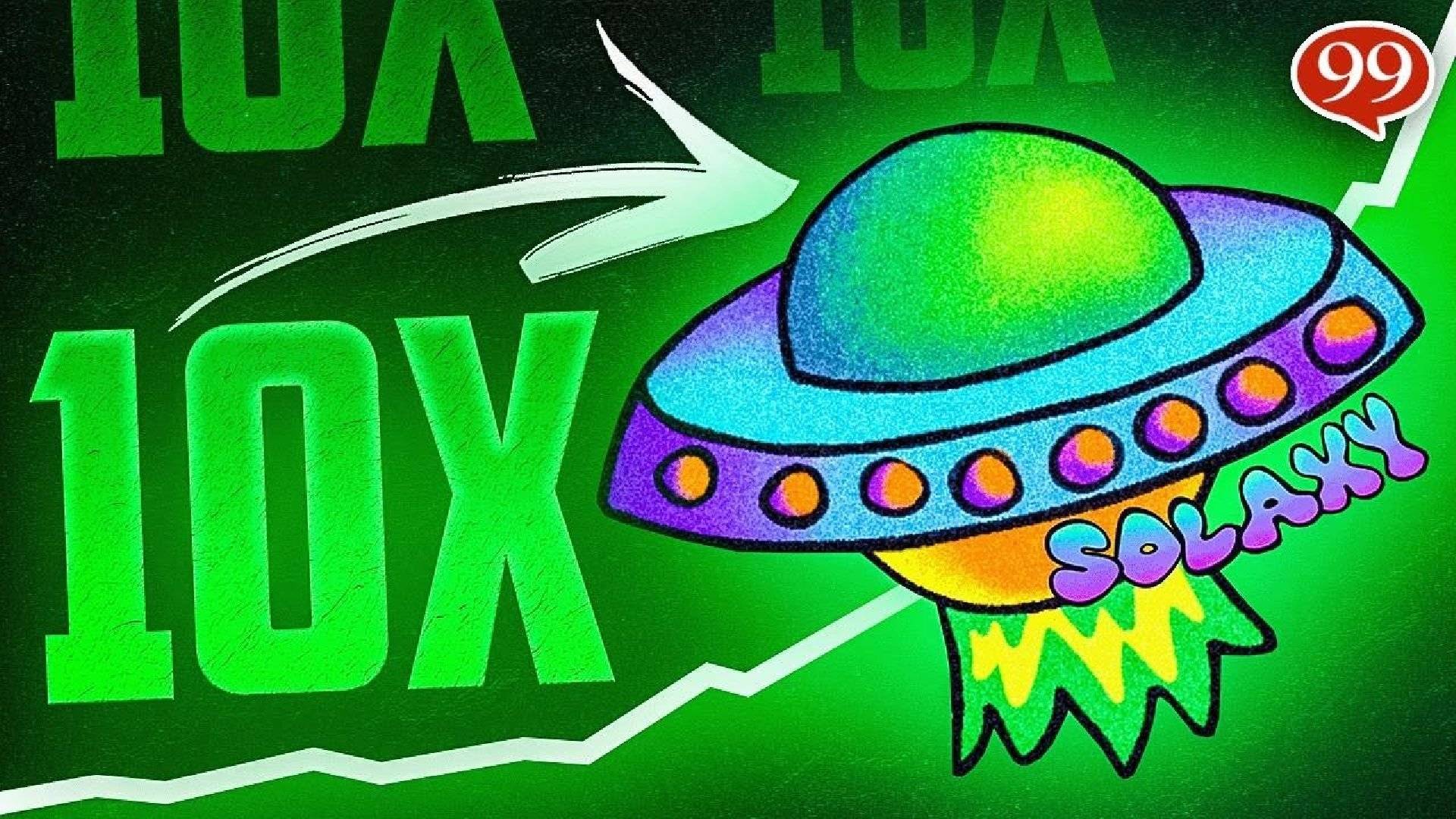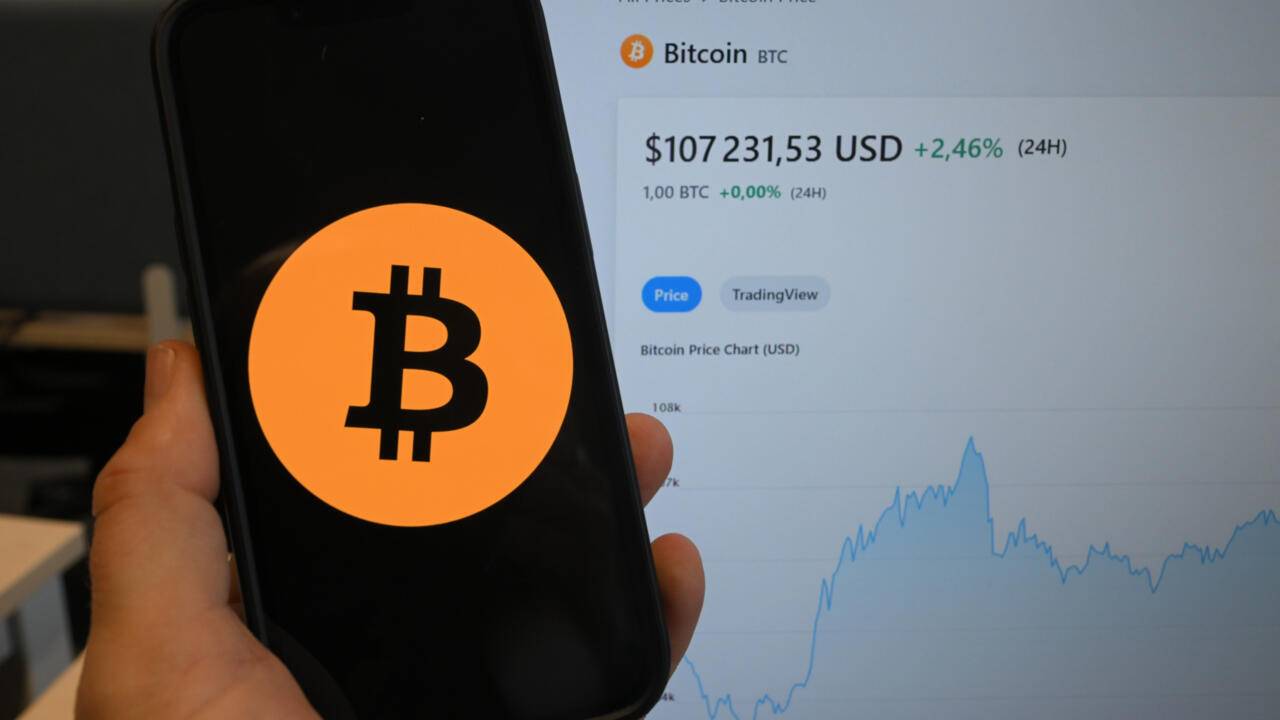Solana’s Congestion Problem
Unlike Ethereum, which has multiple Layer-2 solutions, Solana has remained a monolithic blockchain, processing all transactions on a single layer. Initially, this design offered unmatched efficiency, but with the explosion of DeFi applications, NFT trading, and meme coin speculation, network congestion has become a real problem. Recent reports indicate that at times, more than a third of non-vote transactions fail, frustrating users and developers alike.
Introducing Solaxy: A Layer-2 for Solana
Solaxy is designed to offload transactions from Solana’s mainnet, processing them off-chain before settling them on Layer-1. This solution aims to reduce congestion, lower fees, and improve reliability. The project has already attracted major attention, raising $24.9 million in its presale, signaling strong investor enthusiasm. If successful, Solaxy could help unlock new scalability levels for the entire Solana ecosystem.
How Solaxy Works
What makes Solaxy unique is its multi-chain approach. It connects both Solana and Ethereum, allowing for seamless interaction between the two networks. This means developers can tap into both ecosystems, combining Solana’s speed with Ethereum’s robust DeFi infrastructure. The platform is powered by the SOLX token, which plays a central role in staking, governance, and ecosystem incentives.
The Upsides and the Risks
Solaxy brings clear advantages: lower transaction costs, improved efficiency, and enhanced scalability for developers. However, there are open questions regarding its dependence on Solana’s infrastructure. Some insiders, including Solana co-founder Anatoly Yakovenko, have questioned whether Layer-2 solutions are even necessary, arguing that well-optimized Layer-1 blockchains may be sufficient. Meanwhile, technical risks remain, including security vulnerabilities and network stability concerns.
What’s Next for Solaxy?
With its anticipated launch in Q2, Solaxy is positioned to make a significant impact. If it succeeds, it could drive greater adoption of Solana’s ecosystem and potentially contribute to the surge of Solana-based DeFi projects. The broader Layer-2 market, featuring successful projects like Arbitrum and Optimism, has shown that demand for scalable blockchain solutions is only increasing.
The key question remains: Will Solaxy propel Solana to the next level, or will fundamental network limitations hold it back? The answer will depend on how well Solaxy executes and how the market embraces its cross-chain approach.
For more on the latest crypto developments, visit Epochedge Cryptocurrency.









